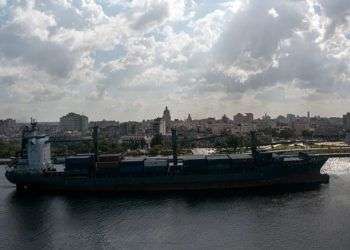Cuban foreign trade: between lights and shadows
The open nature of the Cuban economy and its external dependency condition that the evolution of its business relationships is a key variable to explain the problems faced and assess future prospects. Therefore, it is essential to know the challenges that the country's trade and integration into the international economy to avoid making new mistakes and repeating some. Increasing the amount of exports of goods and services, proceeding to a change in the material structure of exports and implementing efficiently the process of reduction and replacement of purchases made in increasingly complex international markets, inaccessible and unpredictable volatile in terms of price, it is an urgent task for Cuba. It sounds easy, but this is a complex processes in which interact, internally, structural failures of an excessively centralized model with financial and monetary problems, of infrastructure and logistics, insufficient internal dynamic characteristic of efficient economic processes, and economic subjects who are unrelated, unmotivated and sometimes disqualified. The following table shows the performance of trade in goods and services with the uniqueness of a global surplus balance of trade (export revenues exceeding expenditures on imports) determined by the significant surplus of net exports of Cuban professional services to several developing countries....




